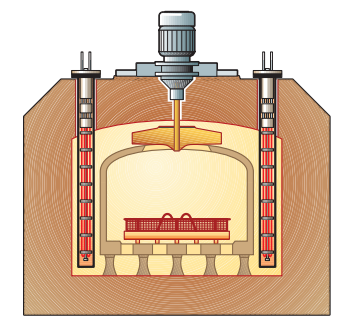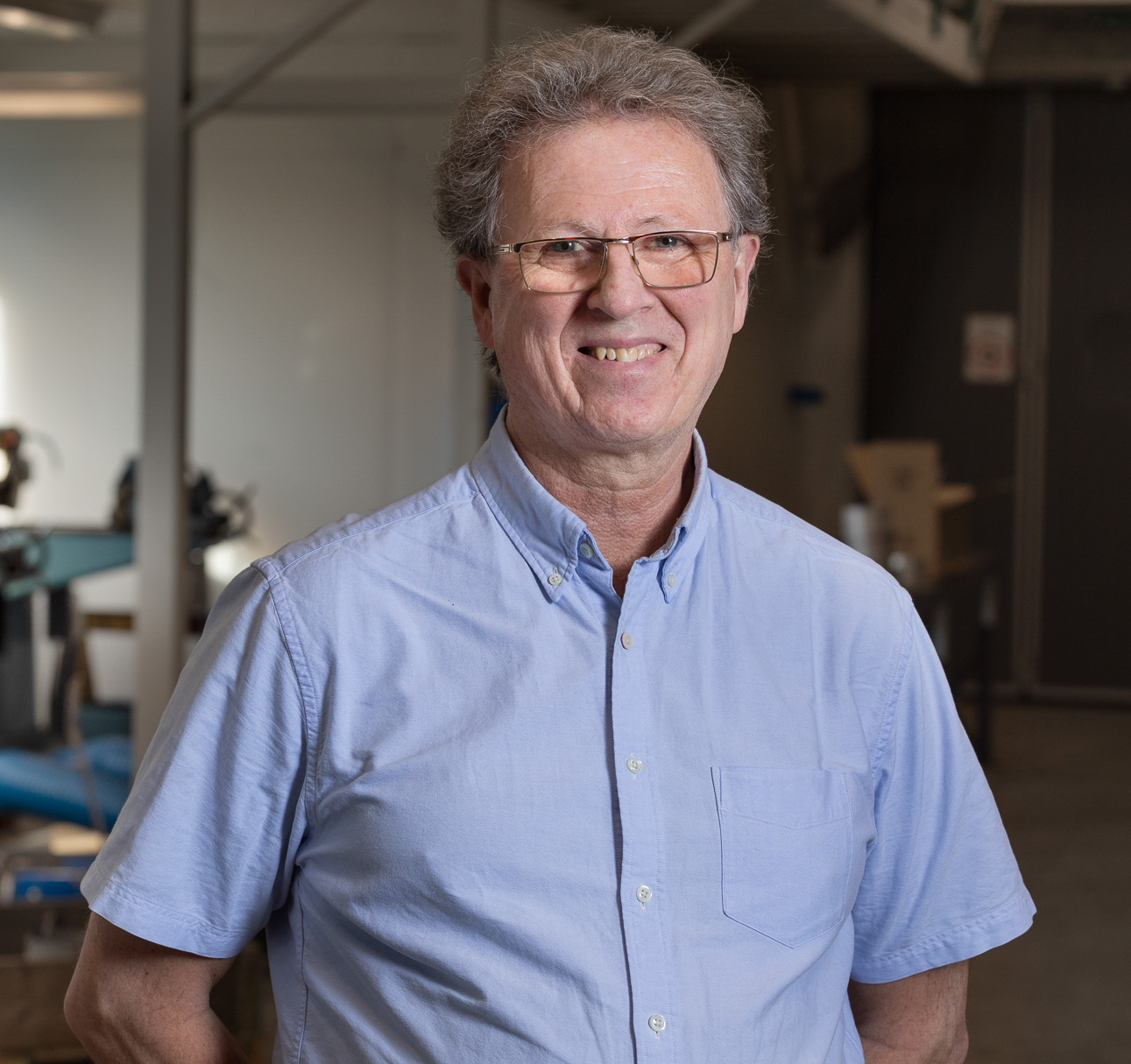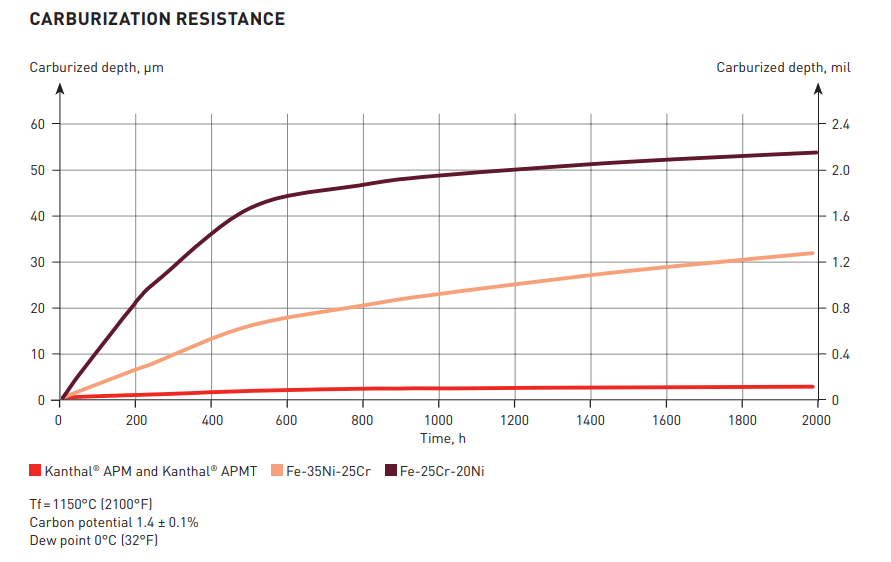 Case hardening furnace with Tubothal® installed.Kanthal® AF is a ferritic iron-chromium-aluminum alloy (FeCrAl alloy) intended for use at temperatures up to 1,200°C (2,280°F). With its superior resistance to oxidation and corrosion, the alloy forms an excellent, non-scaling surface oxide, which provides effective protection in most furnace environments.
Case hardening furnace with Tubothal® installed.Kanthal® AF is a ferritic iron-chromium-aluminum alloy (FeCrAl alloy) intended for use at temperatures up to 1,200°C (2,280°F). With its superior resistance to oxidation and corrosion, the alloy forms an excellent, non-scaling surface oxide, which provides effective protection in most furnace environments.
For optimal performance, Kanthal® AF radiant tubes should be combined with Tubothal® heating elements. Together, the two deliver higher power ratings than any other metallic heating systems currently on the market.
Reduced thermal losses and improved productivity
The high heat resistance of Kanthal® AF tubes makes it possible to combine a high-power element with a thin-walled radiant tube without risking overheating, thus benefiting the overall heat treatment process. Meanwhile, their thinner wall and low thermal mass positively impact the heat treatment process and minimize thermal losses.
 Thomas Lewin, Senior Design Engineer at Kanthal.A typical application for Kanthal® AF tubes is case hardening, a process whereby the surface of a metal part is carburized to withstand wear. As Kanthal’s Senior Design Engineer, Thomas Lewin explains, the higher power delivered by Kanthal® AF tubes and Tubothal® heating elements, translates directly to greater output.
Thomas Lewin, Senior Design Engineer at Kanthal.A typical application for Kanthal® AF tubes is case hardening, a process whereby the surface of a metal part is carburized to withstand wear. As Kanthal’s Senior Design Engineer, Thomas Lewin explains, the higher power delivered by Kanthal® AF tubes and Tubothal® heating elements, translates directly to greater output.
“The combination allows for more carbon to be added in less time, thereby contributing to enhanced productivity,” he says.
The Kanthal® AF tube is also more sustainable. As a FeCrAl-alloy, it requires fewer mineral resources for alloying.
Maintenance-free solution
Kanthal® AF radiant tubes require little to no maintenance. Whereas NiCr pipe tend to oxidize, corrode or bend over time – requiring regular maintenance, resulting in downtime, thereby slowing down production – Kanthal® AF tubes still look new after two years of use. Spallation, a process that gradually contaminates customer goods and the heating element mounted inside the radiant tube, is also minimal.
While Kanthal® AF tubes were originally designed as a lighter, more cost-effective alternative to conventional tube types, Lewin admits that they have exceeded every expectation.
High performance
 “What started out as a cost-saving product has gone on to outperform its competitors, explains Lewin, adding that, while he and his colleagues expected that Kanthal® AF tubes would offer excellent corrosion and oxidation properties, they have also been proven to cut heat losses, reduce furnace heat-up times and speed up heat transfer from the heating element to the goods in the furnace. This is especially true in less demanding heat treatment processes.
“What started out as a cost-saving product has gone on to outperform its competitors, explains Lewin, adding that, while he and his colleagues expected that Kanthal® AF tubes would offer excellent corrosion and oxidation properties, they have also been proven to cut heat losses, reduce furnace heat-up times and speed up heat transfer from the heating element to the goods in the furnace. This is especially true in less demanding heat treatment processes.
“Processes that are subject to dramatic heat fluctuations may require a tougher type of tube, like Kanthal® APM or Kanthal® APMT. Kanthal® AF tubes are ideal for processes with high, but consistent temperatures. This is where customers stand to reap the greatest rewards of increased productivity, minimal maintenance and reduced operating costs – all at the same time,” Thomas Lewin concludes.
More about the process
Whereas conventional case hardening causes gradual wear and tear, Kanthal® AF and Kanthal® APM radiant tubes have been proven to stand the test of time. Furthermore, the electrification of the case-hardening process reduces emissions and minimizes energy losses.